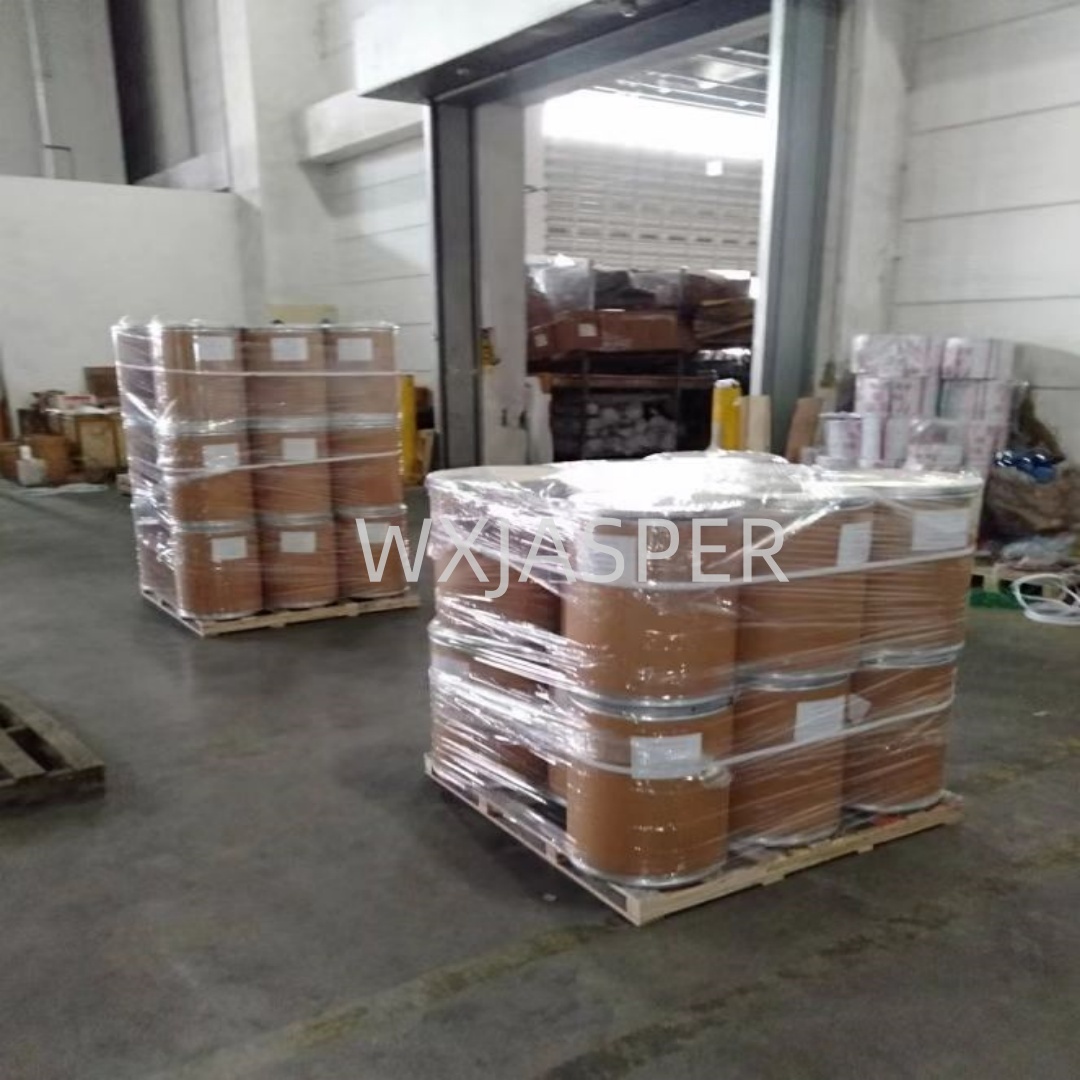Your Location:Home > Products > Solvents > Disodium Lauroamphoacetate



CasNo: 14350-97-1
MF: C20H37N2O5.HO.2Na
Appearance: liquid
Delivery Time: 15 days
Packing: 25kg/drum
Purity: 99%
|
Indicator |
Typical Value (Cosmetic Grade, 30% Active Aqueous Solution) |
Description |
|
Appearance |
Colorless to pale yellow transparent viscous liquid |
High viscosity ensures uniform dispersion in formulations; no sediment or turbidity under normal conditions. |
|
Active Content |
29.0%–31.0% (±1% tolerance) |
Standard commercial concentration; high-active grades (45%–50%) are available for concentrated formulations. |
|
pH Value (1% aqueous solution, 25°C) |
6.0–8.0 |
Near-neutral, compatible with skin’s natural pH (4.5–6.5) and most personal care formulations. |
|
Viscosity (25°C, cps) |
5,000–10,000 |
Viscous texture reduces the need for additional thickeners in cleansers/gels; viscosity can be adjusted with salts (e.g., NaCl) if needed. |
|
Sodium Chloride (NaCl) Content |
≤9.0 wt% |
Controlled NaCl levels prevent excessive thickening or irritation; low-salt grades (≤5%) are available for sensitive formulations. |
|
Odor |
Odorless or mild, characteristic of raw materials |
No off-odors, eliminating the need for masking fragrances in mild products. |
|
Solubility |
Fully soluble in water (miscible in any proportion); partially soluble in polar solvents (e.g., propylene glycol, ethanol); insoluble in non-polar solvents (e.g., mineral oil, silicone oil) |
Ideal for water-based formulations; requires co-surfactants for oil-phase emulsification. |
|
Stability |
Stable over pH 4.0–10.0; resistant to hard water (calcium/magnesium ions ≤500 ppm); decomposes at >90°C or in strong alkaline conditions (pH >12) |
Maintains performance in typical cosmetic production and storage (avoid high-temperature sterilization >85°C). |
Ultra-Low Irritation for Sensitive Skin
DLAA’s amphoteric structure minimizes interaction with skin proteins, avoiding over-degreasing or disrupting the skin’s lipid barrier. Skin irritation tests (per OECD 404) rate it ≤0.3 (out of 10), and eye irritation tests (OECD 405) classify it as "tear-free"—making it safe for baby care products, sensitive-skin cleansers, and post-sun care formulations. When compounded with anionic surfactants (e.g., SLES), it reduces irritation by 40%–50% without compromising cleansing power.
Rich, Stable Foaming
It produces fine, dense foam with excellent stability:
|
Product Type |
Recommended Dosage |
Key Functions & Benefits |
|
Facial Cleansers (gel/cream) |
15%–40% |
Gentle cleansing of sebum and makeup residue; compatible with acne-fighting actives (e.g., salicylic acid) without irritation. |
|
Body Washes (mild/ sensitive) |
8%–30% |
Produces rich foam; maintains skin moisture, suitable for dry or sensitive skin. |
|
Tear-Free Shampoos |
6%–12% |
Cleans hair without stinging eyes; enhances combability when paired with cationic conditioners. |
|
Baby Washes (2-in-1 shampoo/body) |
10%–25% |
Meets "no-tear" standards; mild enough for daily use on infant skin (pH-matched to baby skin). |
|
Hand Soaps (moisturizing) |
12%–35% |
Cleanses without drying hands, ideal for frequent hand washing (e.g., medical staff, parents). |